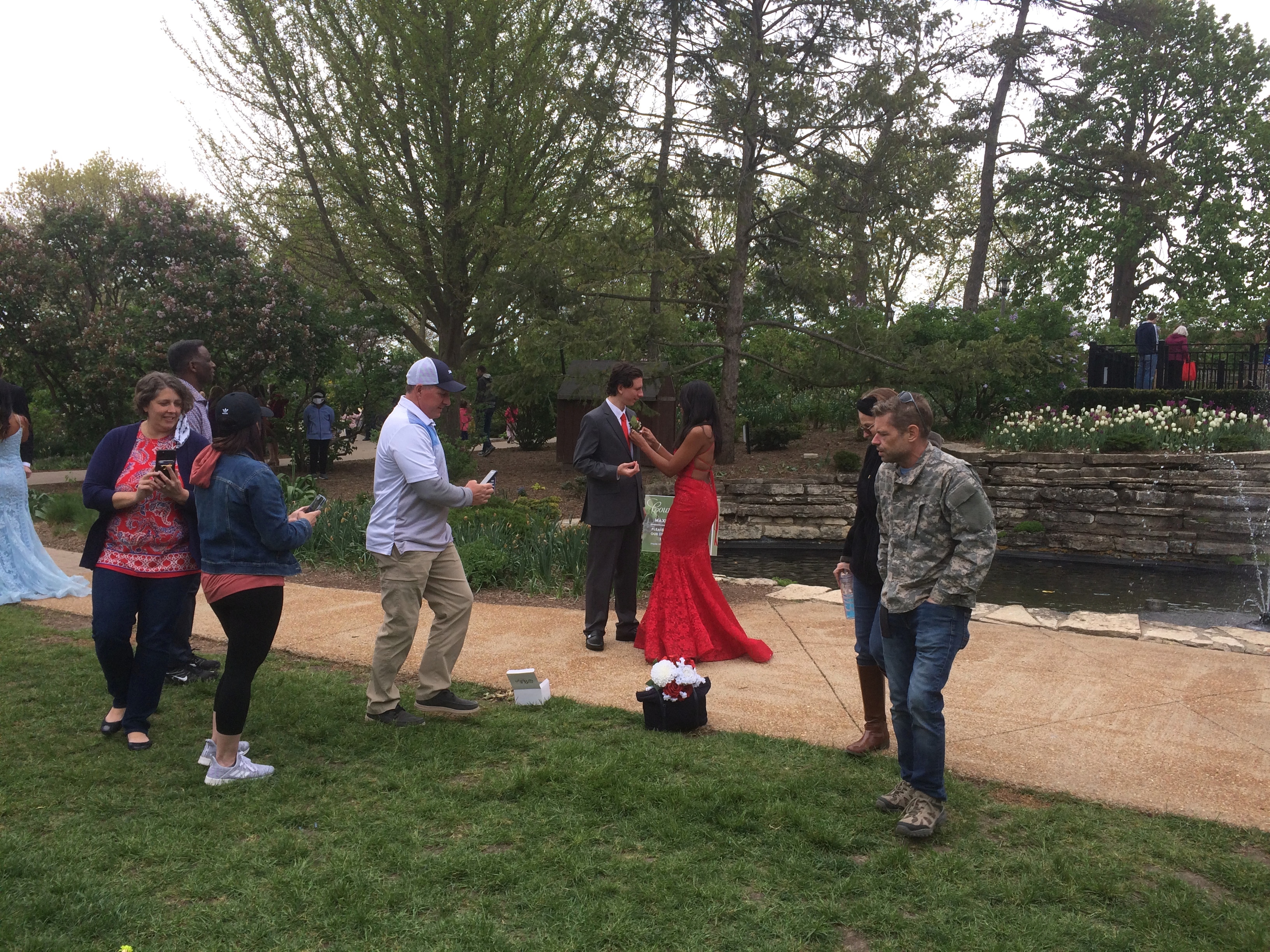RIP, Helmut Jahn. I never met the man, but I worked in the same building in downtown Chicago as his office, once upon a time. The superb 35 East Wacker, as it happens, where Jahn had his showroom in the top dome. We were on the seventh floor. We could always tell when architects were on the elevator, headed up to Jahn’s office; they were the gentlemen with ponytails.
Lilacia Park, like Cantigny, is in the western suburbs, in Lombard as it happens, only a few miles to the east and a little north. Early May is the time of the lilac blooms there, and it’s been a fair number of years since we went, so we decided to drop by Lilacia on the way home on Saturday.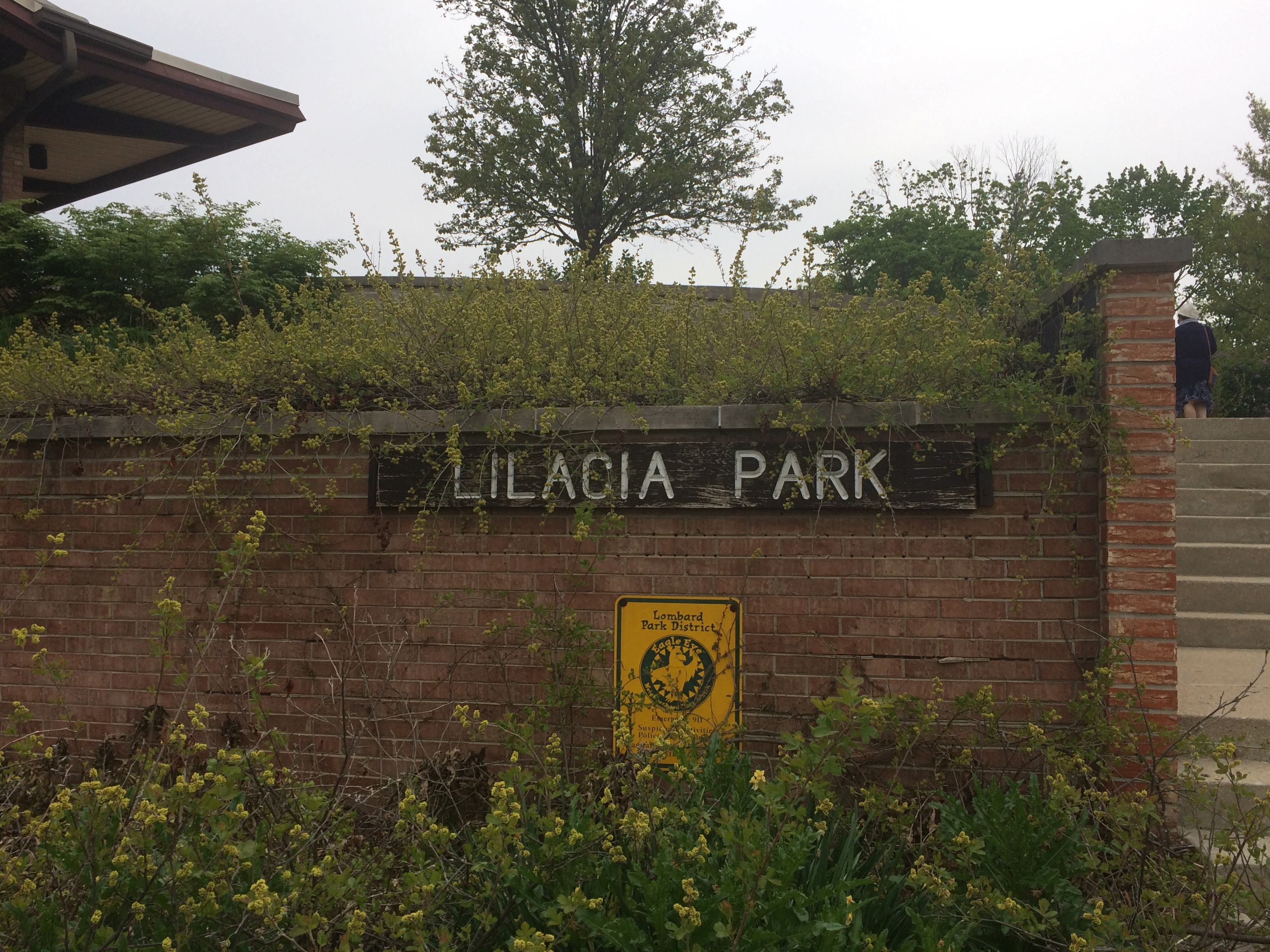
The park didn’t disappoint, though I think it was a few days past peak for lilacs, to judge by the effusions of flowers I’ve seen in earlier years.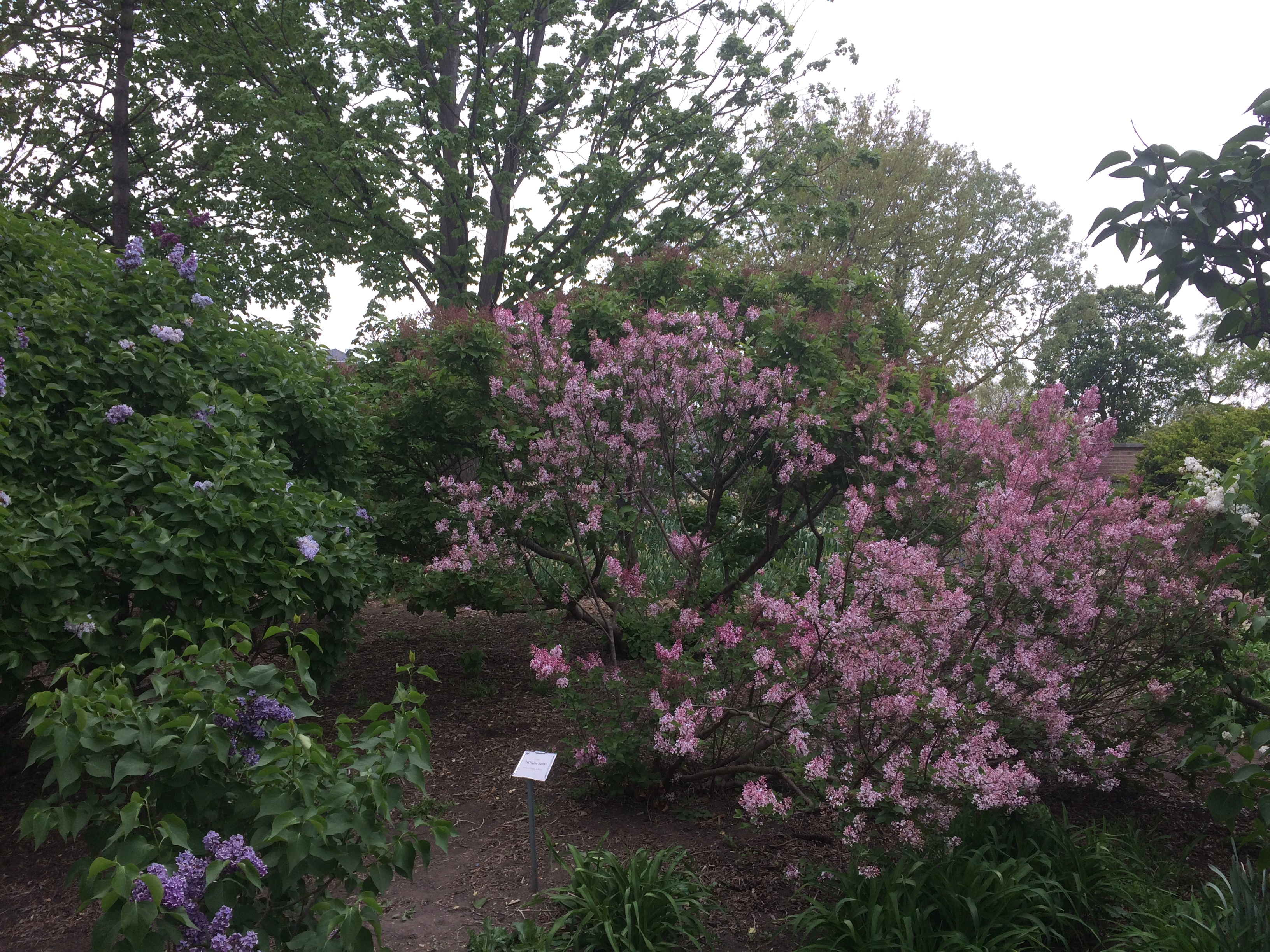
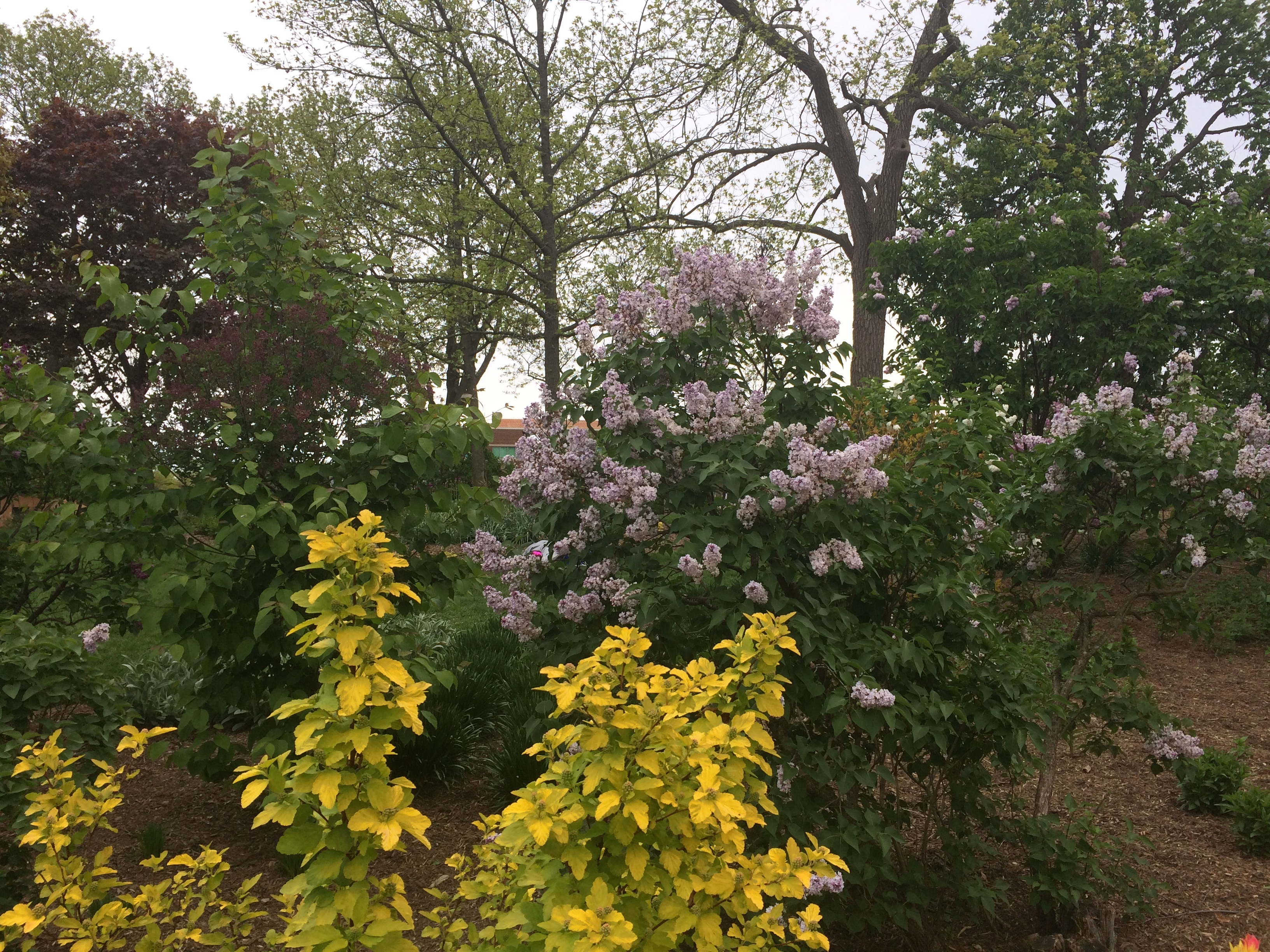
But not for tulips. Definitely peak blooms for many of them.
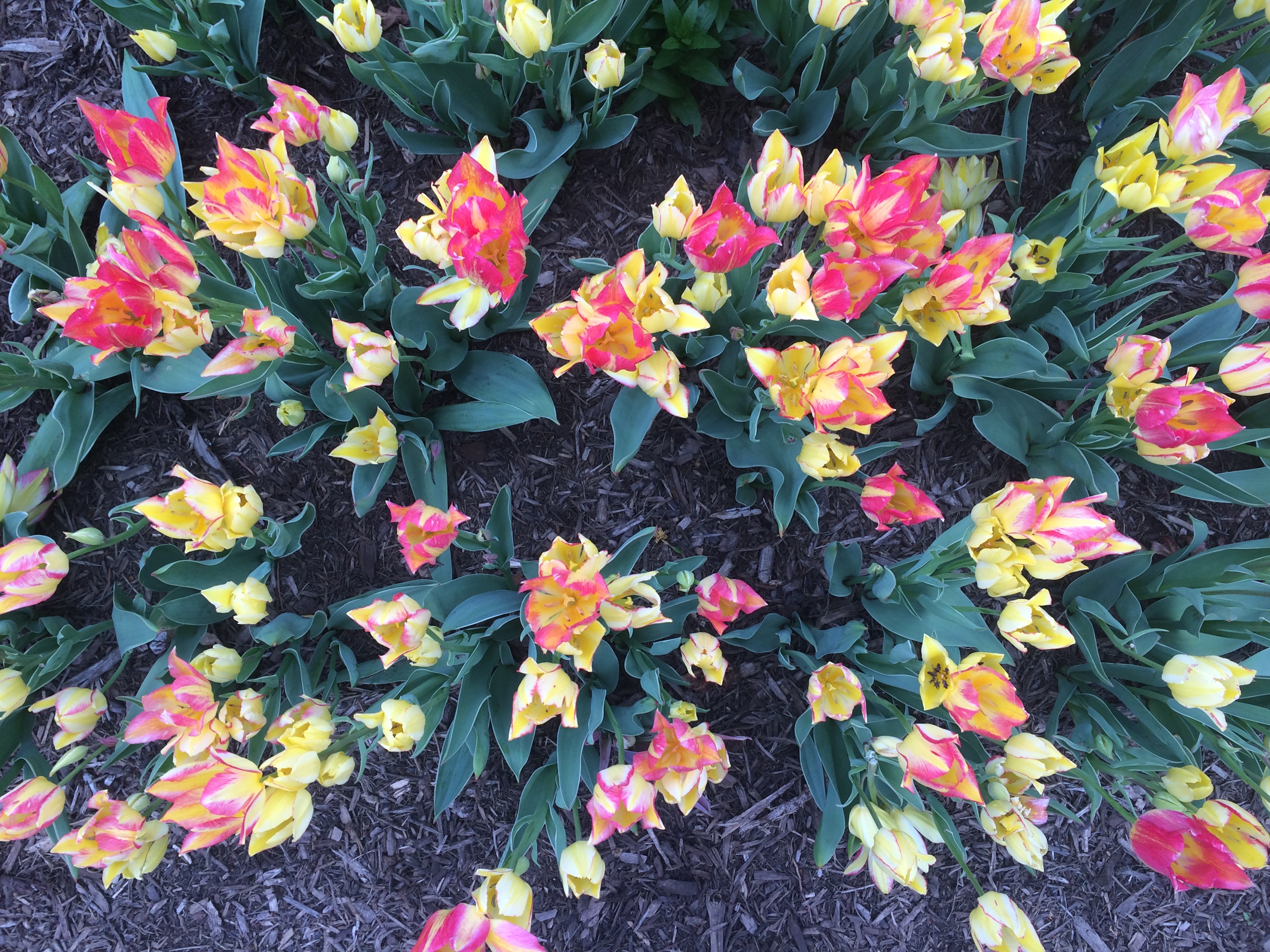
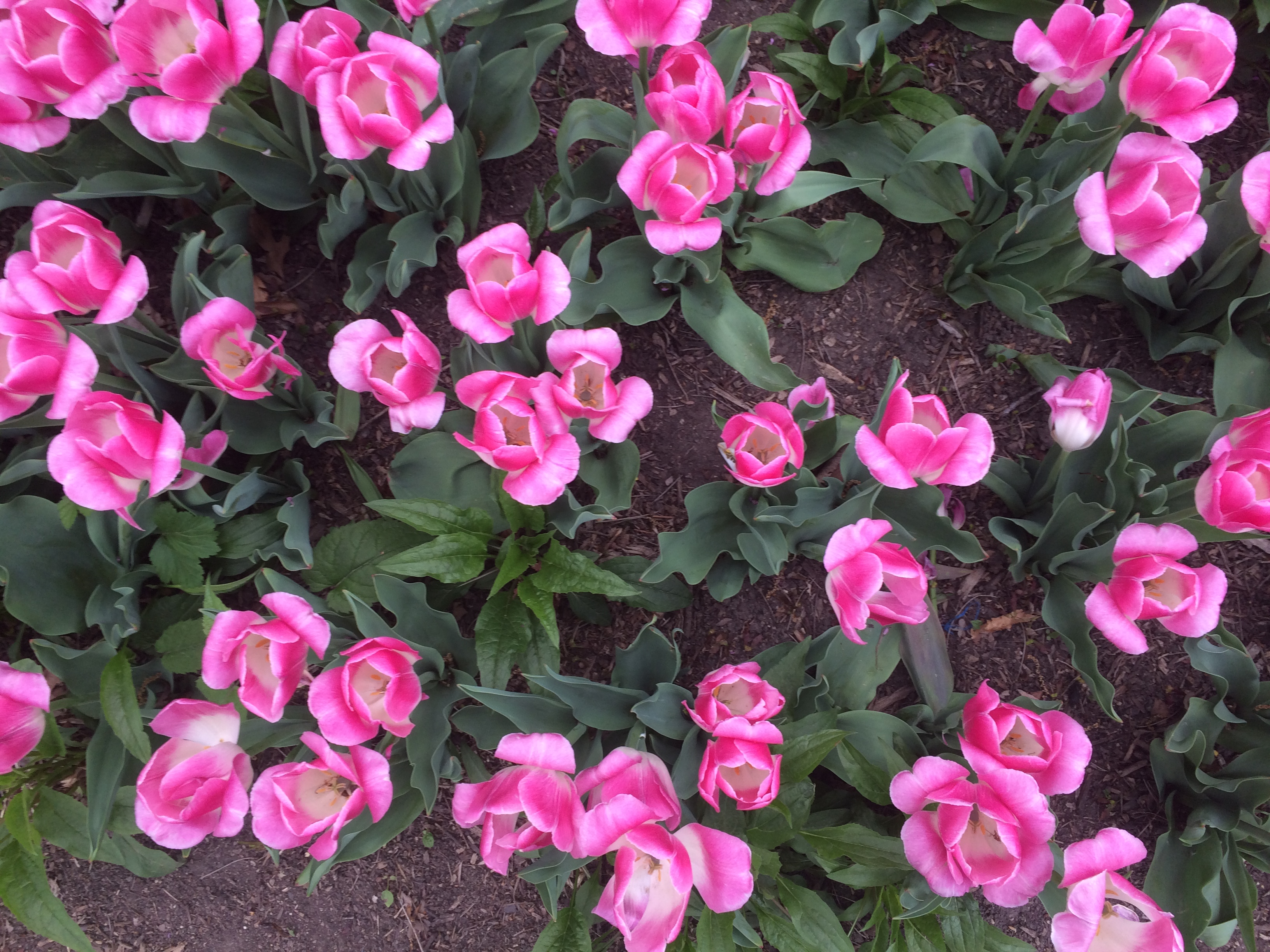
Lilacia was crowded too. Especially with prom and quinceañera celebrants.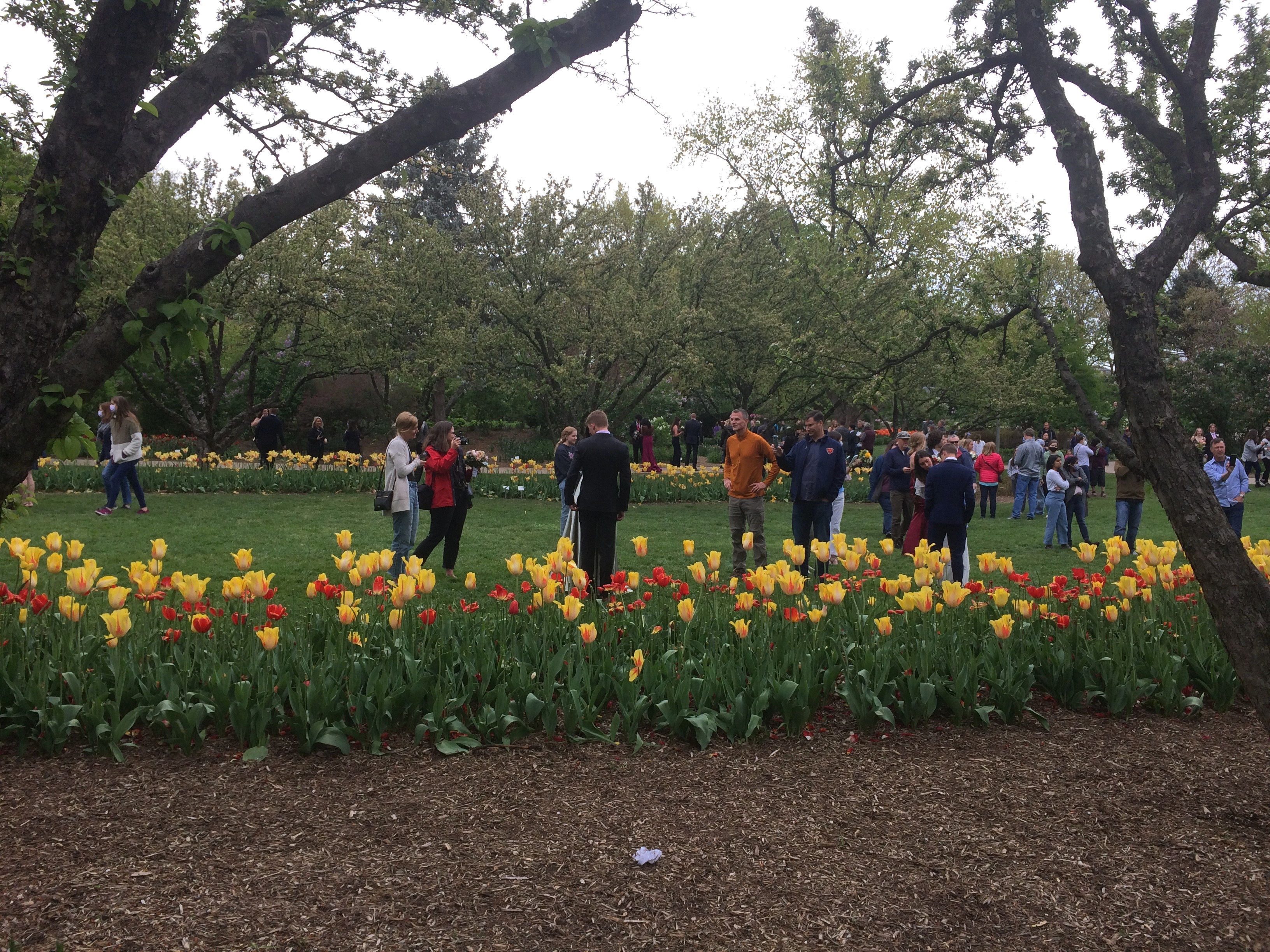
“Lilac bushes are not native to North America,” explains Flower magazine. (Just like most of us.) “The Common Lilac originated in Eastern Europe in the mountains of Bulgaria, Croatia, Slovakia, the Czech Republic, Hungary and Romania. For centuries, the Turks cultivated the species.
“Then, in the 1500s, lilac bushes arrived in Vienna and Paris. The French developed so many varieties that Common Lilac is often called French hybrid or simply French Lilac. Finally, these European specimens made the journey to the New World, and lilac bushes graced the gardens of George Washington and Thomas Jefferson.”
And, I have to add, the former garden of Col. William Plum and his wife Helen Maria Williams Plum in Lombard, Illinois.
“Colonel Plum moved to the Chicago area in 1869 and settled in Lombard when it was still a new village. The Plums purchased land and filled it with lilacs, which they fell in love with after traveling to the celebrated gardens of Victor Lemoine in France,” Atlas Obscura says.
“The couple returned from the trip with two lilac cuttings, one of Syringa vulgaris, ‘Mme Casimir Périer,’ a double white, and the other of Syringa vulgaris, ‘Michel Buchner,’ a double purple — the initial cultivars of the collection that stands today.
“The acclaimed landscape architect Jens Jensen — responsible in large part for the design or redesign of Chicago’s Columbia, Humboldt, Garfield, and Douglas Parks — agreed to design the Lombard Community Park, now known as Lilacia Park.”
